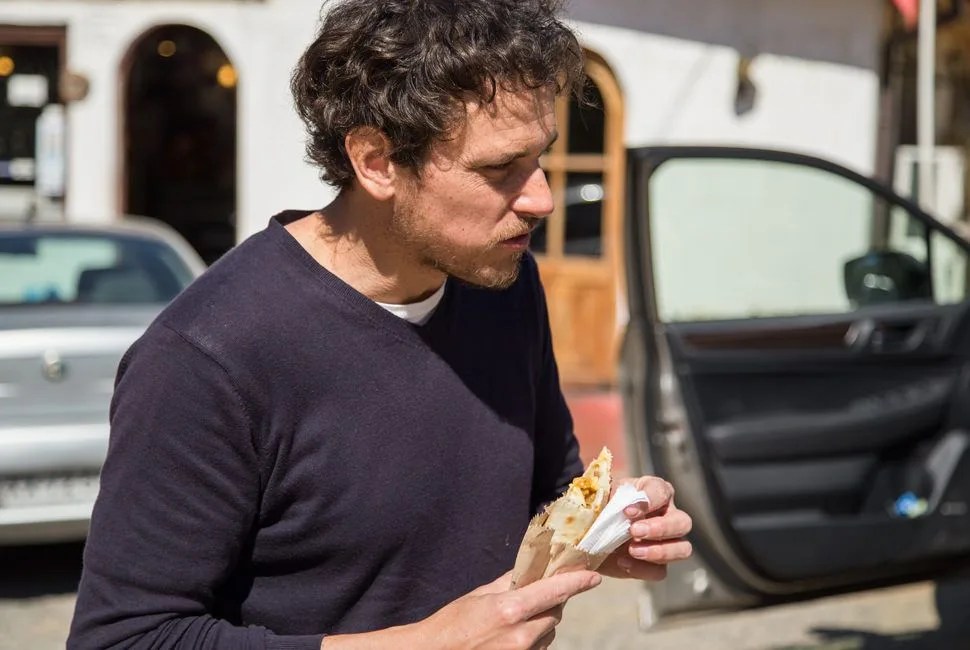Our full profile on Rodolfo Guzmán can be found in Gear Patrol Magazine: Issue 01. Order your copy here.
At kilometer marker 61.5 of Route 68, halfway between Santiago and Valparaíso, there is a large, faded sign, emblazoned with the Pepsi logo, that reads: “El Quillay. Comida Tipica Chilean.” Typical Chilean cuisine.
I’m on the highway with Rodolfo Guzmán, 37, head chef and founder of the haute Santiago restaurant Boragó, which just ranked second best in Latin America on the 2015 San Pellegrino list. Guzmán takes off his sunglasses, spotting the sign, and peels into a small dirt parking lot.
“Are you starving?” he asks. Having skipped breakfast to meet Guzmán for a lesson in foraging for endemic ingredients on the coast — a ritual the team at Boragó does several times a week — I nod yes.
Inside, a young woman, who appears to recognize Guzmán, greets us warmly. She’s standing behind a refrigerated case with different cakes and pastries; to her right, in a small wooden bowl, are fresh eggs, and a wall of cheap Chilean candy that towers to the ceiling. Above us, a small electric fan whirs on full speed.
Guzmán orders two empanadas, stuffed with pino, a traditional mixture of ground beef, onions, raisins and olives, seasoned with cumin and oregano. “It’s like a stew you cook for three or four hours,” says Guzmán while we wait. Packed into dough, which is made using pork fat, the composite empanada is then placed into a clay, wood-fire oven and charred around the edges.
Though El Quillay is, in many ways, the antithesis of Boragó — one, a humble roadside diner serving peasant fare; the other, a world-renowned restaurant with a several-month waiting list — the restaurant represents something more profound to Guzmán. He used to frequent El Quillay as a child, though he says it’s become much nicer with age. “There used to be chickens running around,” he says, laughing. To our left a small, airy dining room is filled with locals, chatting in Spanish, their tables stocked with half-empty wine bottles. When Phaidon approached Guzmán to contribute a selection of restaurants for 2015 volume of Where Chefs Eat, El Quillay was on his list. This is where people come to eat simply, and eat well, he says.
